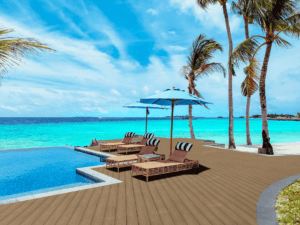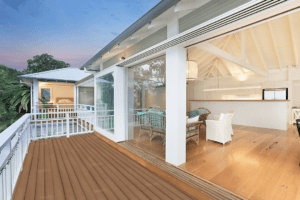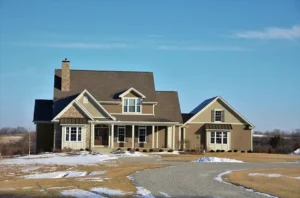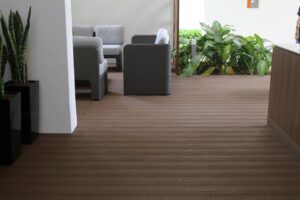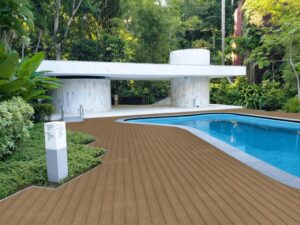Superior Thermal Insulation of WPC Cladding
In the dynamic and ever-progressing realm of construction and home design, the emergence of wood-plastic composite cladding namely WPC cladding stands as a significant breakthrough. This groundbreaking material, acclaimed for its remarkable thermal insulation properties, is fundamentally transforming the standards of building efficiency and aesthetic appeal. WPC cladding, a harmonious blend of wood fibers and plastic polymers, offers a sustainable and durable alternative to traditional cladding materials. Its ability to enhance energy efficiency, coupled with a visually appealing wooden finish, makes it an increasingly popular choice among architects and homeowners alike. As we delve deeper, we’ll uncover how WPC cladding is setting new benchmarks and leading a revolution in the construction industry, marrying ecological responsibility with modern design.
What is WPC Cladding?
Wood-plastic composite (WPC) cladding, a modern material innovation, masterfully bridges the gap between the enduring nature of plastic and the classic beauty of wood. This transformative cladding material is crafted primarily from a harmonious blend of thermoplastic plastics such as polyethylene, polypropylene, and polyvinyl chloride, intricately combined with natural fibers like finely ground wood powder and various plant-derived materials. This fusion results in a robust, versatile, and environmentally friendly option for contemporary construction and design projects.
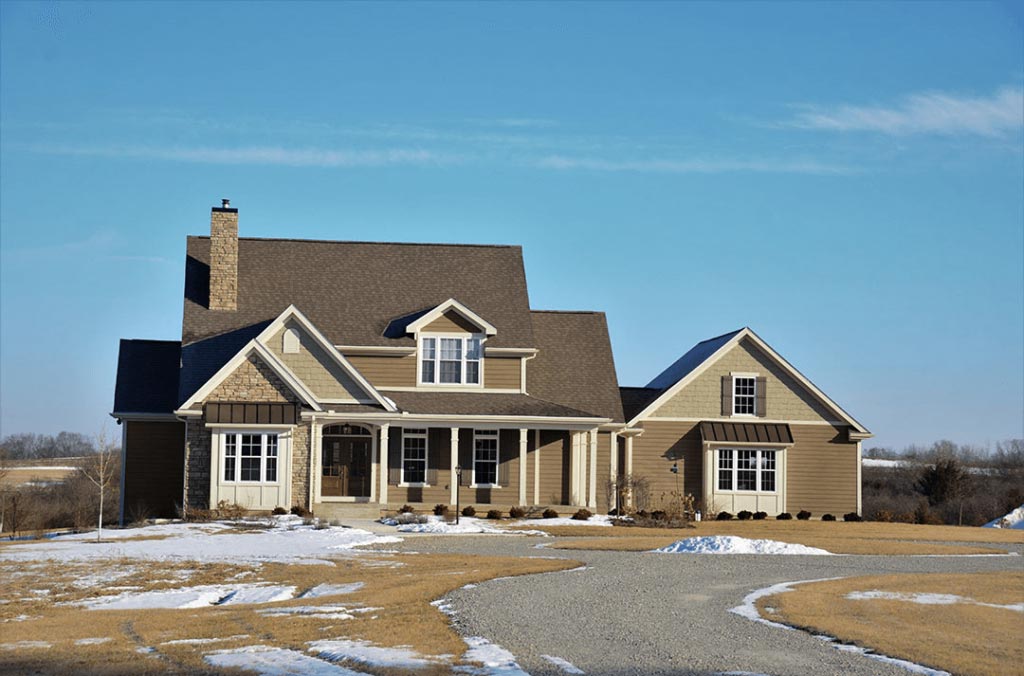
WPC cladding stands out for its exceptional durability, resistance to decay, and low maintenance requirements, making it a practical choice for both commercial and residential buildings. Unlike traditional wood, it does not warp, splinter, or fade, ensuring long-lasting aesthetic appeal. Its versatility extends to its application, as it can be used in a range of settings from exterior facades to decorative interior walls. The customizable nature of WPC cladding, available in various colors and textures, allows architects and designers to achieve a range of stylistic expressions, from sleek modernism to rustic charm. Furthermore, WPC cladding contributes to sustainable building practices, often utilizing recycled materials in its composition. This innovative WPC wall cladding solution not only enhances the visual appeal of structures but also aligns with the growing demand for eco-friendly building materials.
Thermal Insulation Advantage of WPC Cladding
WPC wall cladding is a standout solution in modern construction, particularly for its exceptional thermal insulation properties. This innovative material blends the durability of plastics with the natural texture and appeal of wood, offering a unique approach to maintaining comfortable indoor environments.
The thermal insulation prowess of WPC wall cladding is a significant step up from traditional building materials. It boasts an impressive warmth retention capacity, exceeding standard boards by 7 degrees and outperforming regular paint by a remarkable 10 degrees. This superior insulation efficiency is pivotal for energy conservation in residential and commercial buildings. It effectively retains heat during colder months, reducing the reliance on additional heating sources. As a result, WPC cladding not only ensures a cozier living space during winter but also contributes to considerable energy savings.
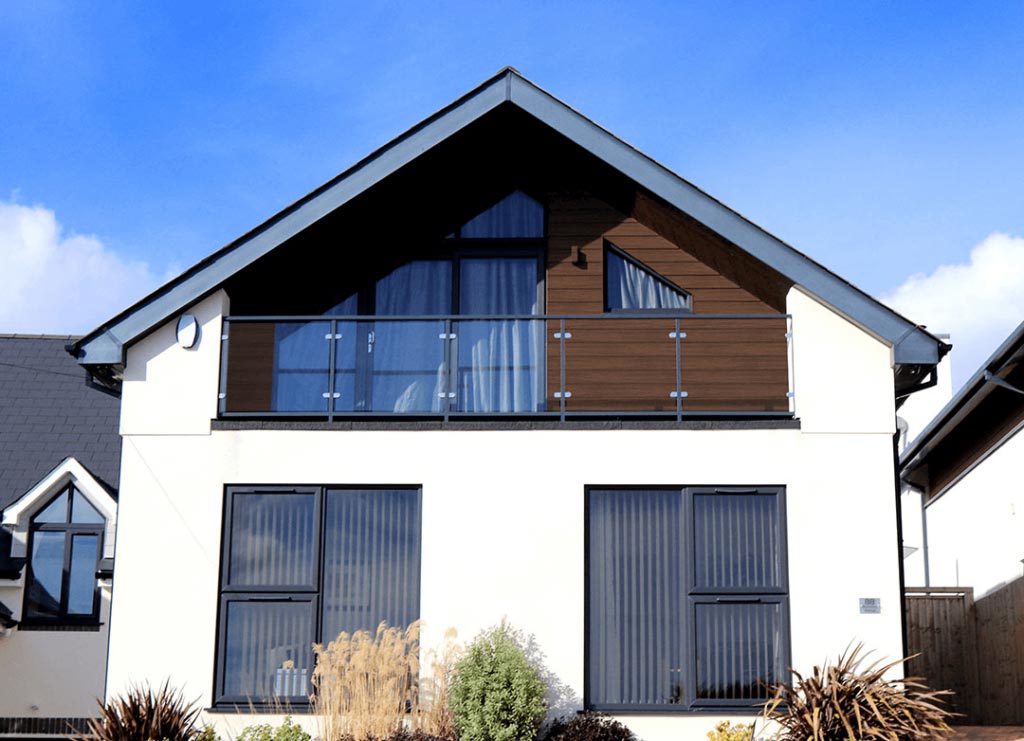
Moreover, WPC cladding’s thermal insulation qualities are both consistent and robust. Its composite structure forms an effective barrier against heat loss, maintaining a stable and comfortable indoor temperature. This feature is particularly advantageous in areas with harsh winter conditions, where maintaining a warm interior is essential. WPC cladding’s ability to keep interiors warm in winter, with less dependency on heating systems, is a testament to its role in promoting sustainable and energy-efficient building practices.
In summary, the thermal insulation advantage of WPC wall cladding marks a confluence of advanced material innovation and environmental stewardship. It offers a practical, efficient, and eco-friendly solution for contemporary construction demands, aligning with the growing need for sustainable living spaces.
Application of WPC Thermal Insulation Cladding
The flexibility of WPC cladding extends to its applications. It’s not just about wall coverings. This material is also making its mark in other architectural elements like doors, windows, and exterior walls. Its adaptability is a game-changer, making it suitable for both cold and hot climates. Imagine a material that keeps your home warm in the chilly winters and cool during scorching summers. That’s the versatility of WPC cladding for you.
But there’s more to WPC cladding than just thermal insulation. This innovative material also boasts excellent sound insulation, reducing noise by up to 29 decibels. This feature is a bonus for anyone living in busy urban areas or noisy neighborhoods.
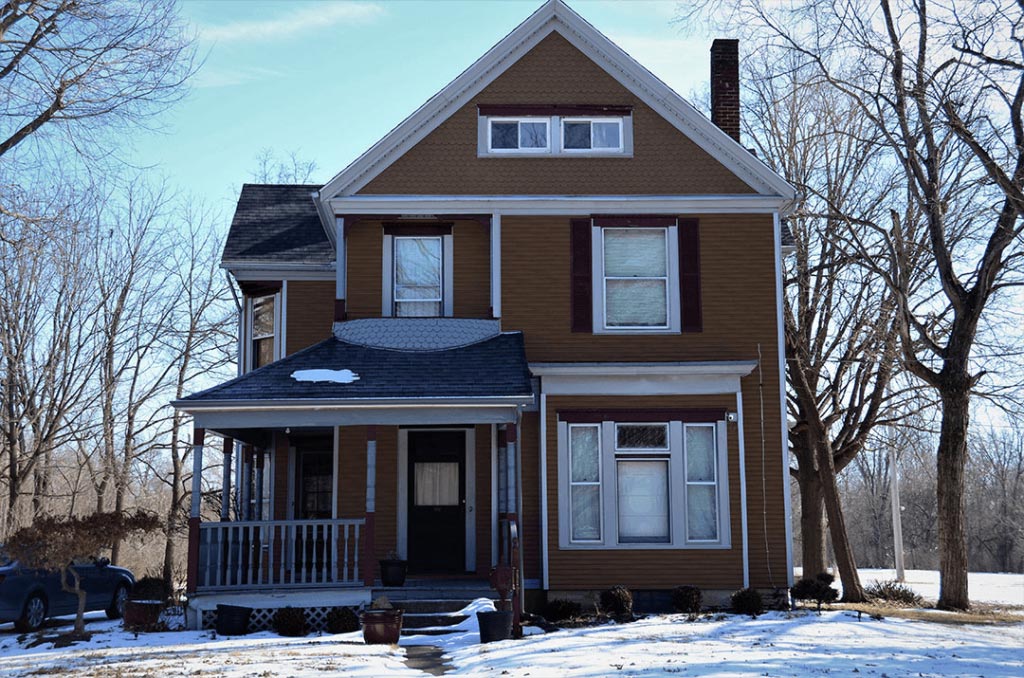
When it comes to structural applications, WPC wall cladding is a marvel. It’s particularly beneficial for steel structures, where it not only adds thermal insulation but also reduces the overall weight of the building. This reduction in weight means a decrease in material usage and, consequently, costs. Moreover, WPC cladding eliminates the need for a separate insulation layer in steel constructions, streamlining the building process.
As with any innovative material, the journey of WPC cladding is ongoing. Research and development are key to enhancing its properties, from optimizing the material composition to refining the production process. The goal is clear: to make WPC cladding even more durable, cost-effective, and efficient in its thermal insulation properties.
Conclusion
In conclusion, WPC wall cladding is more than just a building material. It’s a smart, eco-friendly choice that offers superior thermal insulation, soundproofing, and structural benefits. As we continue to seek sustainable and efficient building solutions, WPC cladding stands out as a material that not only meets these needs but also enhances the comfort and aesthetic appeal of our living spaces. Welcome to the future of building materials, where WPC cladding is leading the charge in creating comfortable, energy-efficient homes and buildings.
Oakio WPC cladding, with its exceptional thermal insulation, is a prime example of how innovative materials can provide practical, aesthetic, and environmentally friendly solutions for modern construction challenges. As we move forward, embracing materials like Oakio WPC wall cladding in our buildings is not just a choice but a step towards a more sustainable, energy-efficient future in architecture. Oakio WPC cladding represents the future of building materials. Its superior thermal insulation, coupled with environmental sustainability and aesthetic appeal, positions it as a top choice for modern, energy-efficient, and comfortable homes and buildings.
Trending Reading
What Are the Differences Between the WPC Board and PVC Board?
[2024 Update] How Long Does WPC Decking Last?





